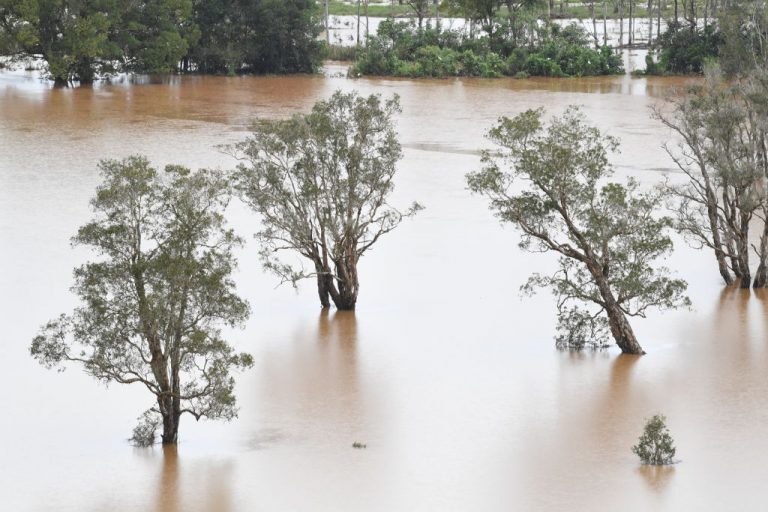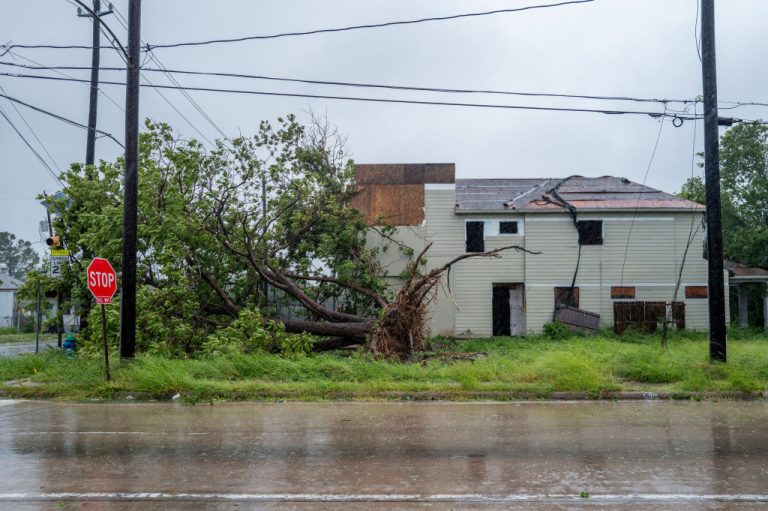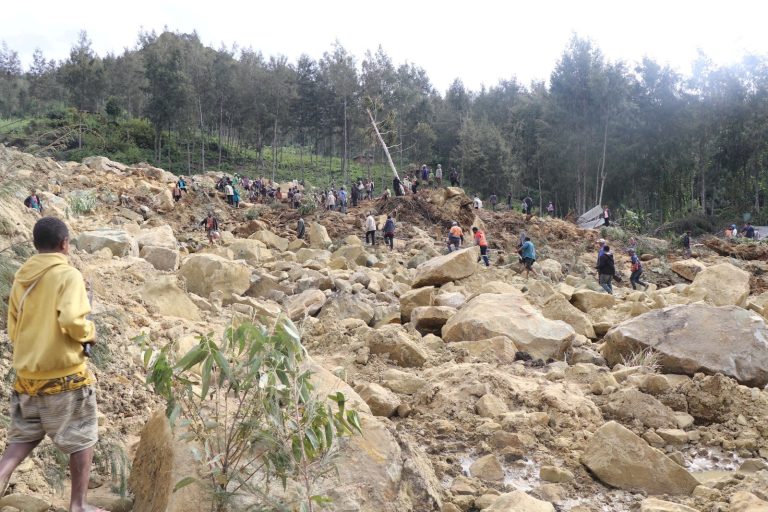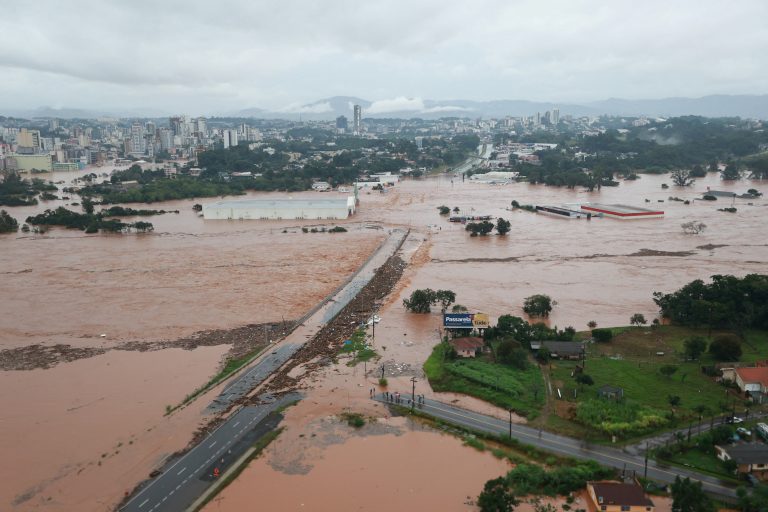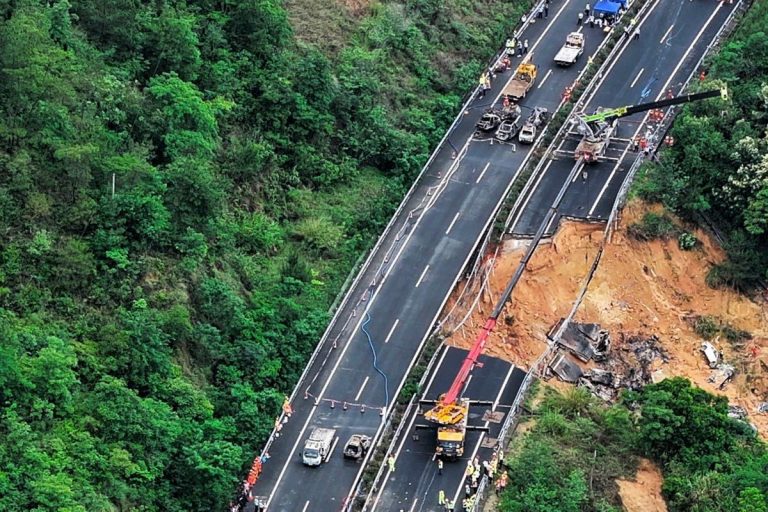As northern New South Wales (NSW) faced one of its worst floods in over a decade, oyster farmers rushed to relocate three million tiny baby oysters to safe waters on March 15. While other fields of farming were heavily affected by the severe floods, oyster farmer Todd Graham felt blessed with his millions of baby oysters rescued from flood waters that would have killed them.
How flooding is dangerous to oysters
Mere days before the floods came in, oyster farmers on the Macleay River had gotten a big stock of baby oysters. Before they could place them in the farm, however, heavy rains had acidified the water and made it uninhabitable for the young mollusks.
The acidified water would not only disintegrate their calcium-built shells, but it was also not salty enough. Graham told the Australian Associated Press (AAP) that this would be lethal to baby oysters – also known as spat – which are the size of a grain of rice.
“They need saltwater to survive. The little ones won’t survive in that sort of water,” Graham said.
To ensure the survival of the baby oysters, Graham, chair of the NSW Farmers Oyster Committee, and another farmer diverted the course to a nearby creek, where the oysters would be able to live off the water “for two hours a day, to keep them alive.”
Success
You are now signed up for our newsletter
Success
Check your email to complete sign up
However, a more “long-term solution” was required for them to survive the long wait before the farms could be used again. So, the farmers made an emergency call to the National Marine Science Center at Coffs Harbor.
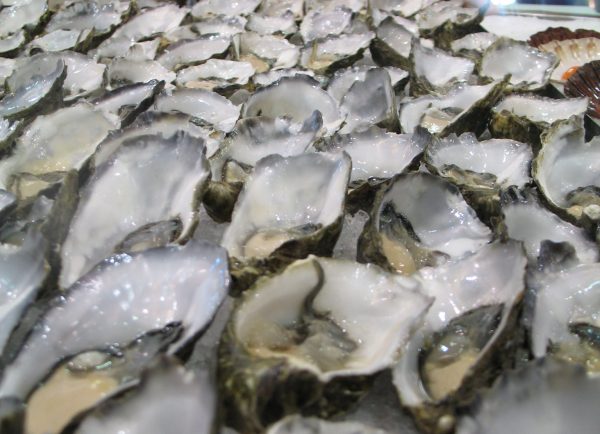
The Center, directly connected to the ocean, had access to the perfect temporary housing for the baby oysters while the farm water’s habitability was restored.
Stephan Soule, the Center’s aquaculture operations manager, answered the call and offered to “babysit” the oysters. Soon, the spat found themselves at the Southern Cross University facility, where they will be raised until the Macleay river stabilizes again.
“The waters were getting very diluted and obviously they needed to move their oysters out of that environment,” Soule told AAP. “We were happy to help and we had the capacity, but this is not normal.
“They’ll get a bit of TLC over the next couple of weeks and hopefully the Macleay will clear up and they’ll be able to be returned back to the estuary.”
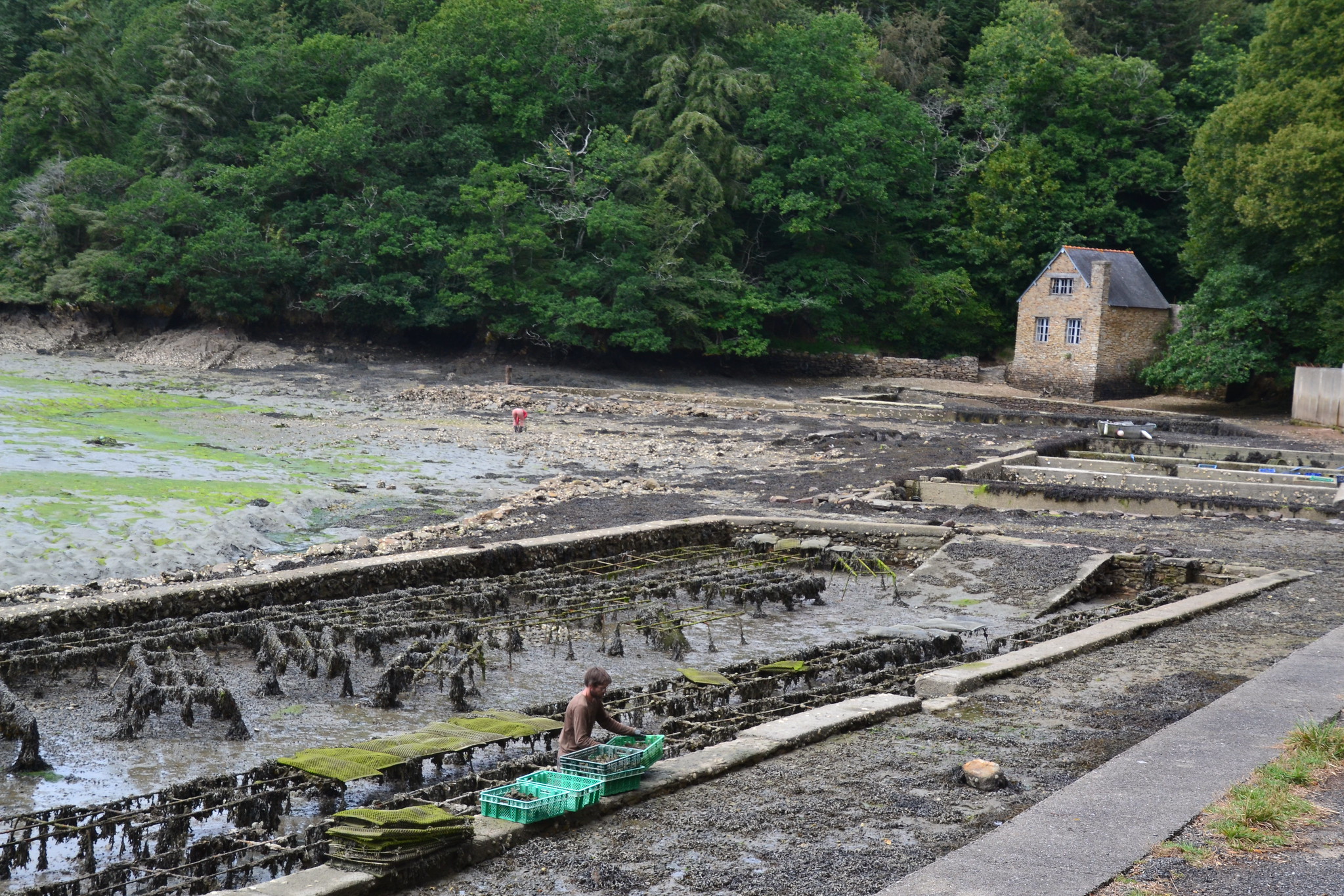
From time to time, the oyster farmers come to the university to visit the spat and help clean their tanks.
“After we put them in the tanks and we were getting in the car to drive back I just looked at (the other oyster farmer) and said, ‘How are you feeling?’” Graham said.
“He had a smile on his face and he looked like he was standing taller.”
By the time the Macleay is clean and safe, the spat would be, in human years, “toddlers”—a time Graham looks forward to.
“If we can bring them back here that means the river is coming good,” Graham said. Though it may take years for many farmers in north NSW to recover, he hopes that the oyster industry will carry on and make a full recovery.
“We most probably would have lost them all if we’d have kept them in the river,” Graham said, grateful that his three million oysters were saved.
Difficult times
The recent flooding in New South Wales echoed the more severe floods that struck a year prior, devastating the agriculture of the area, including other oyster farms. (Image: davidf via Getty Images)
Unfortunately, other farms in NSW are not as fortunate as Graham’s.
At the end of February, the northern part of NSW, along with south-east Queensland and Sydney, were both hit by heavy rain storms, caused by a “humid and unstable air mass east of an inland trough,” as reported by the NSW Bureau of Meteorology.
Major dams in Sydney spilled from “twin east coast lows” in one week, causing a rising level of water in the Hawkesbury Nepean River, located north of the city.
While emergency services were already on standby to save those in need, the damage was already underway. So far, at least 20 people have been reported dead from the floods as of March 12.
Fellow oyster farmer James Ford at the Nambucca River said infrastructure was damaged from the floods, with debris coming down the river and destroying the lease. He expects a 50-60 percent kill rate within his oyster stock.
Jim Yiannaros, director of the Batemans Bay Oysters at the Clyde River, said that the river was closed on Feb. 25 to “ensure oyster quality” after the rains came.
Worse still, the COVID-19 pandemic and the resulting supply chain crisis disrupted the seafood market with increasing prices. Lobster and abalone exports in particular dropped by 45 percent between January and June 2020.
Other farmers affected by flooding
Farmers of other products are also facing difficulties, with many still recovering from the previous year’s floods. While the more recent floods were not as severe as last year’s, farmers are still facing a tough setback.
Beehive farmers and cattle farmers were also hit hard from the flood.
Dairy farmer Natasha Yarrington, who lost livestock after the 2021 floods, said she lost two calves – as well as fencing and pastures – due to the conditions of the current floods.
“We lost a couple of baby calves because of the conditions; it was just too cold, they got sick,” Yarrington told ABC (Australian Broadcasting Corporation) News. She fears that there will be another flood next year.



